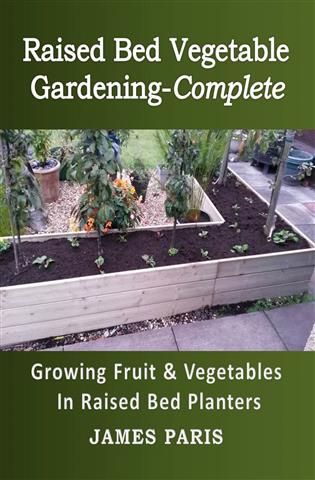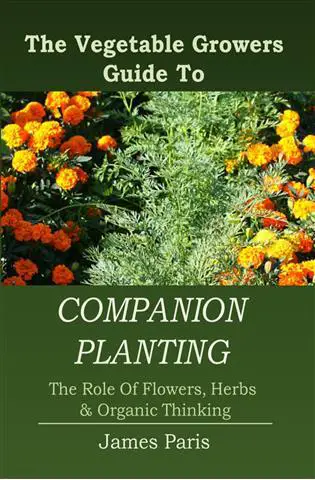For the newbie gardener the chance to grow healthy organic vegetables to feed the family is both an exciting and a scary thought! Where do you start, what do you grow, how do you grow vegetables to begin with?
There are difficult and easy ways to grow vegetables, as indeed there are veggies that take some experience to grow properly – and veggies that a child could grow without any great effort.
There are many things to take into consideration such as climate, soil conditions, seasons, and last but not least – how much time do you have to spare!
Yes there are easy and hard ways to grow vegetables, but both ways are doomed to failure if you have no time to attend to the plants.
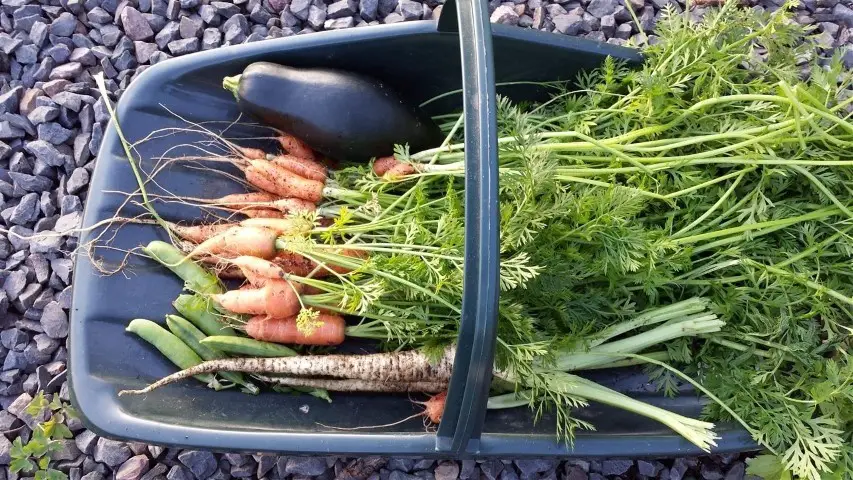
That said, within the first question there lies hidden a second just as important for the newbie vegetable gardener. This article will cover the two questions below.
- The easiest way to grow vegetables
- The easiest vegetables to grow for the beginner
So first of all what would be the easiest way to grow vegetables if you were a beginner to veggie growing and maybe you had limited space or poor soil  – two good hurdles to start with!
– two good hurdles to start with!
Here are 4 easy ways to start your vegetable garden
- Grow your vegetables in a Raised Bed and not straight into the ground.
- Use a mix of compost and topsoil to get the best results.
- Grow plants that compliment each other close together for protection and nutrient value
- Plant young plants rather than seed in most instances (with the exception of carrots or parsnips)
To explain this list in more detail.
Point 1: By growing your vegetables in a Raised Bed, either using the Square Foot Gardening method or a traditional Raised Bed Garden, you are massively increasing your chances of success.
Although you do of course have to purchase or build your Raised Bed structure – which takes some effort granted, the job of caring for your vegetable garden becomes a lot simpler from there on.
You have no heavy tools to purchase as this is a ‘no-dig’ gardening concept. So you will have less back-ache digging heavy soil. Indeed the height of the bed itself takes care of that aspect.
You have no need for a large garden shed to house your ‘implements of torture’ as you only need a few light hand-tools like a small garden fork.
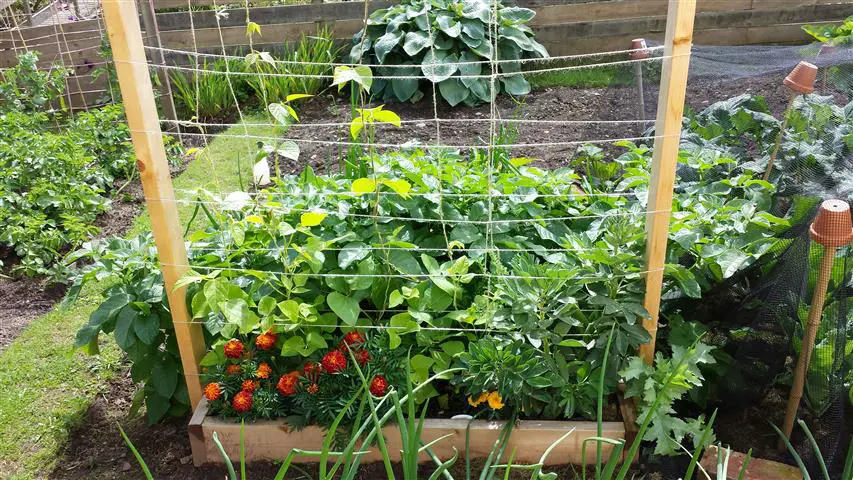
Point 2: By using a special soil mix adapted for raised beds, you will have far less work involved with weeding.
The soil/compost mix is light and airy meaning that not only will weeds just lift out, but the roots of your plants will have no problem finding the nutrients they need to prosper.
Point 3: With both the traditional raised bed and the square foot system in particular, you are able to grow plants closer together in general. This is because the soil is richer in nutrients, and the plants are not competing with weeds for minerals.
This means that the concept of companion planting, where plants are grown that will benefit each other in nutrient value, or protection from weather or insects, is ideally suited to the ‘close quarters’ of a raised bed system.
Point 4: Growing from seed, while it can be an exciting prospect for seasoned gardeners, can be fraught with difficulties for the newbie. Not everyone for sure, but we are all different with different expectations and levels of patience perhaps?
Planting seedlings is generally an easier way to go with more guarentee of success overall – but there are certainly exceptions such as growing carrots for instance whose seedlings do not transplant well and can result in crooked/twisted carrots.
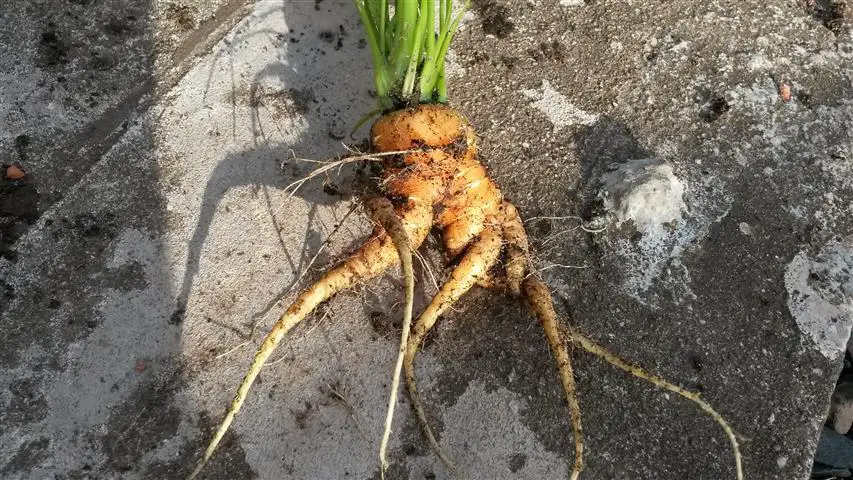
For the sake of simplicity and in order to get the best start to your veggie garden I would always recommend planting seedlings for the beginner. It just takes away another level of potential stress if you have not grown from seed before and are anxious to see a good start to your veggie garden.
A couple of plants I would definitely recommend you start from seed however (and they’re easy) is carrots and parsnips. In fact any deep tap-root vegetable is seldom successful growing from actual seedlings as it is extremely difficult (without experience) to transplant root veg like these with any level of success.
There are other easy systems that you could experiment with such as Lasagna gardening, Straw Bale Gardening, or Hugelkultur mound gardening.
All of these are what is called No Dig gardening and either (or indeed a mix of them) could be the right choice for your own needs. Just click on the links to see articles on these excellent vegetable growing methods.
What are the easiest vegetables for the beginner to grow?
Here are a number of easy vegetables to grow, ideal for the beginner or experienced gardener alike that will present a good mix of veggies for the family.
- Most herbs such as coriander, basil, chives, basil, parsley, mint, sage, rosemary, thyme, dill & fennel.
- Root vegetables such as carrots, parsnips, onions, garlic, potatoes, beetroot, radish.
- Green leafy vegetables such as Kale, lettuce, swiss chard, spinach, pak choi, beetroot leaves.
- Tomato plants, chilli peppers, sweet peppers, cucumbers and courgettes (zucchini)
- Members of the Legume family, peas and beans
Of course there is virtually no limit to the vegetable plants you can grow as your experience grows alongside them! However these veggies are all plants which I consider are a easy for a beginner to attempt.
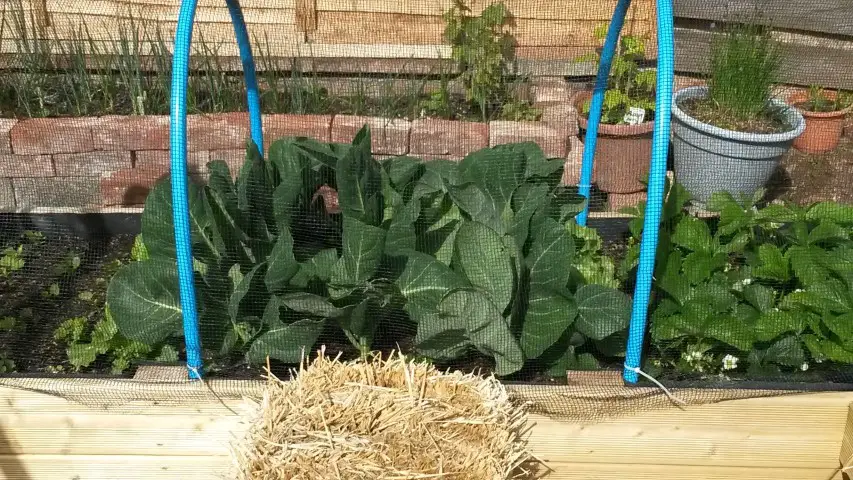
Cabbage, cauliflower and broccoli are of course popular vegetables to grow, but for the beginner they present a real challenge with the cabbage butterfly and caterpillar infestation. However with protective netting you can certainly give them a go!
All of these plants will grow in the same soil/compost mix recommended here, and some – like the peas and beans will actually add much-needed nitrogen to the soil that will benefit the other vegetables growing amongst them.
This is the basis of companion planting mentioned earlier.
For climbing plants or those that need support such as the peas, beans, tomatoes & cucumbers. It is a simple task to add a framework to your raised bed as described in this article on how to build a raised bed.
As your vegetable growing expertise grows you will no doubt want to increase your production or perhaps specialise on growing giant tomatoes for instance.
Welcome to the exciting world of growing your own vegetables, and being enabled to feed the whole family through the effort and work of your own hands.

